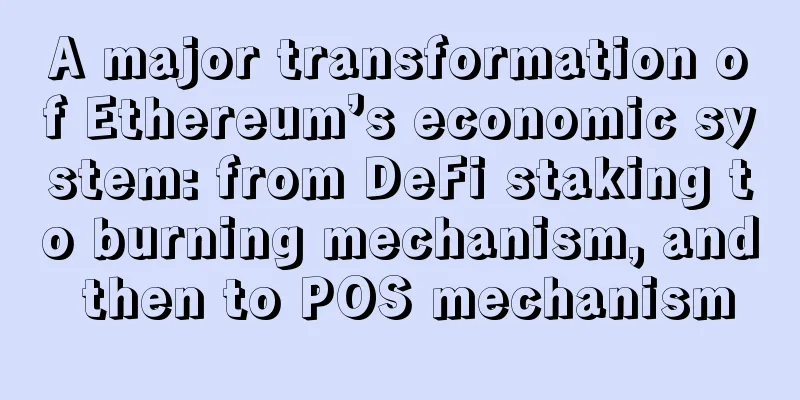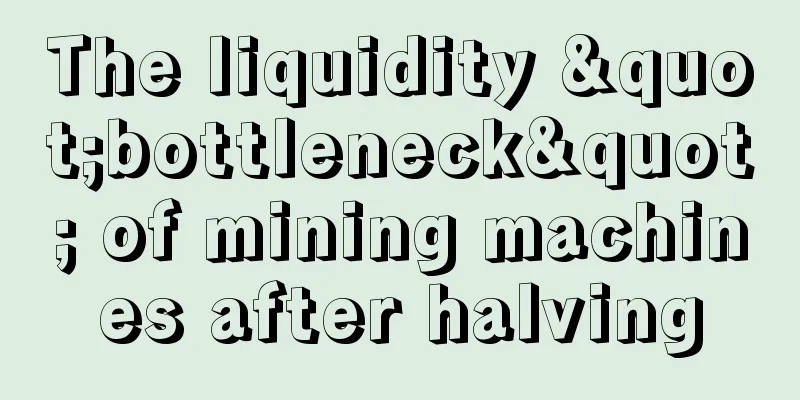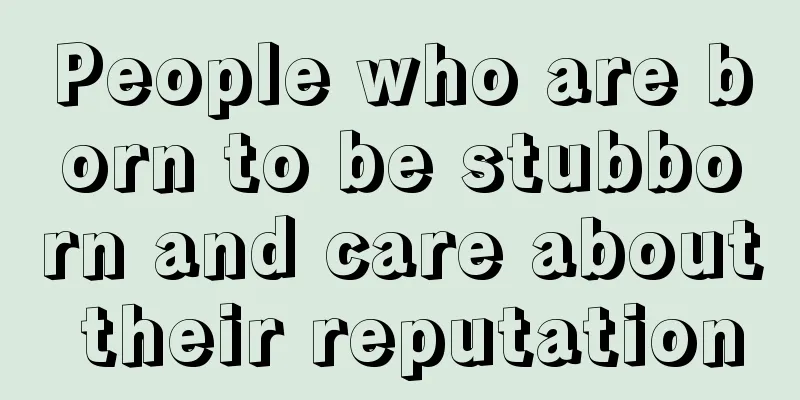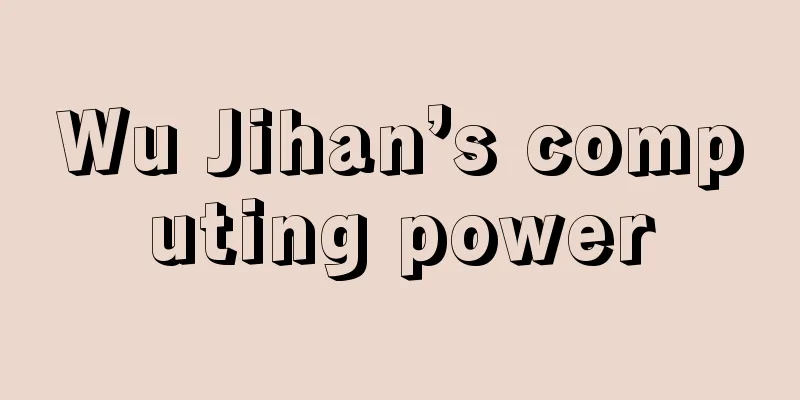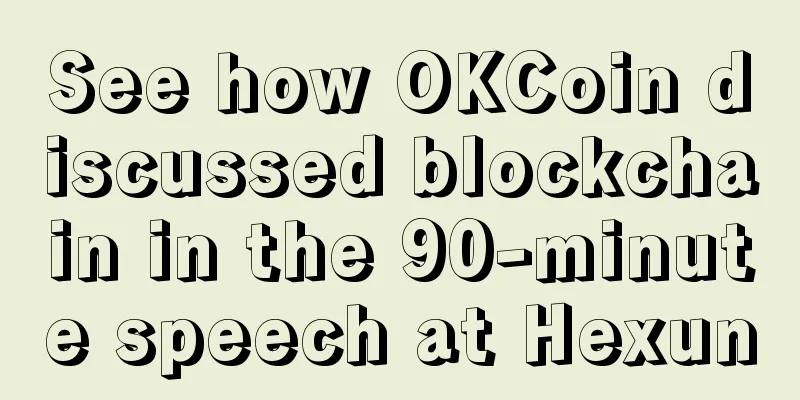|
Ethereum emerged as the biggest dark horse in the last bull market with its smart contracts and ICOs, but with the competition from public chains represented by EOS and the decline of the ICO boom, Ethereum returned to normal in the bear market. Last year's hot DeFi once again pushed Ethereum to a climax, and after the recent Ethereum EIP-1559 upgrade, Ethereum has truly gone on the road of deflation and will never return. Why EIP-1559 is so important: The biggest change in Ethereum in this upgrade is the emergence of the "burning mechanism", which introduced the deflation mechanism into the Ethereum network for the first time. Simply put, every transaction in Ethereum will destroy a certain amount of Ethereum. The larger the transaction on the Ethereum chain, the more Ethereum will be destroyed. It is reported that since the activation of Ethereum Improvement Proposal (EIP) 1559, the Ethereum network has removed or "destroyed" more than 5,000 ETH from circulation in 2 days, worth about 14 million US dollars, accounting for 36% of the total new currency issuance in the same period. This amount of destruction is very amazing. As the Ethereum ecosystem expands, the amount of Ethereum destroyed will continue to increase, but at the same time, the income of Ethereum miners will decrease. Ethereum's burning mechanism is to compete with miners for the profit cake, paving the way for Ethereum's transformation from POW to POS. EIP-1559 changes the Gas fee calculation logic based on the first-price auction. The first auction is the highest bidder wins. In order for miners to package their transactions in time, users need to pay a higher price to pay the miner fee. The higher the bid, the greater the probability of being packaged first, which will cause the Gas fee to grow infinitely to a certain extent. For EIP-1559, user transactions need to pay a fixed "basic fee". If you want miners to give priority to it, you can add a "tip", which is the so-called "priority fee". The future development direction of Ethereum is to change from POW mining to POS mining, and say goodbye to energy consumption, which is what we often call Ethereum 2.0. After Ethereum 2.0, Ethereum miners are only making profits, but they can make profits by staking Ethereum to mine and become validator nodes running ETH2.0. This is the same principle as other POS currency nodes verifying transactions and making profits. But there is a fundamental difference. The threshold of Ethereum 2.0 nodes is low. Anyone who holds Ethereum can participate in staking mining. It is not like other public chains that only need a few or a dozen large nodes. To become a node, you need to hold a large amount of coins. The lowering of the threshold will allow more people to participate in staking mining. Ordinary retail investors are no longer just waiting for prices to rise to make profits, but can also make profits through staking mining. Ethereum 2.0 will make Ethereum more decentralized, and the user experience and participation will be higher, avoiding the threat of "single point failure" to a certain extent. DeFi Staking Mining DeFi staking mining is easy to understand. It means that you put Ethereum in a pool of DeFi projects to get a certain amount of income. The more DeFi projects based on the Ethereum network, the more Ethereum will be staked. At present, the total amount of Ethereum staked is about 1.1 million, which is close to 10% of the circulation. DeFi staking mining is of great significance to Ethereum, and it is also an important point that distinguishes Ethereum from Bitcoin. Bitcoin is digital gold, value storage, and the overlord of the currency circle, but Ethereum is the most useful public chain and the number one public chain. Ethereum DeF pledge, Ethereum burning mechanism, and Ethereum 2.0 pledge mining can accelerate the deflation process of Ethereum, making the circulation of Ethereum continuously reduced, the demand continuously increased, and the value of Ethereum continuously assigned. This is also where many public chains are learning from Ethereum, just like the deployment of smart contracts by various public chains in the past. |
